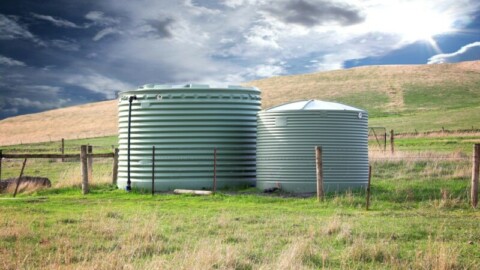Resource Manager for northern Victoria Mark Bailey has released an outlook for the 2016/17 season, which predicts low seasonal determinations if weather conditions remain dry.
Dr Bailey said more inflows were needed to improve seasonal determinations and urged entitlement holders to closely monitor the outlook and weather conditions when planning their water needs for the next season.
“We welcomed the recent rain after the hot and dry summer and autumn. Some water reached the major storages, but the catchments need much more rain before water levels rise substantially,” Dr Bailey said.
“Low seasonal determinations are likely early in 2016/17 even if inflow conditions improve. Average inflows through the season will allow 100 per cent seasonal determinations of high-reliability water shares in all systems.
“But the outlook is poor under continued dry conditions.”
Carried over allocation in the Murray and Goulburn systems are deliverable from the start of the season under all weather conditions.
Deliveries in the Broken, Campaspe, Loddon, and Bullarook systems are less certain because of low volumes in storage and limited operating reserves.
“Continued dry conditions will affect the ability to deliver carryover in the Broken, Campaspe, Loddon, and Bullarook systems,” Dr Bailey said.
“All options to help water users continue to be explored.”
Dr Bailey noted the continued decline of the El Niño weather pattern and the issue of a La Niña watch by the Bureau of Meteorology.
Typically during La Niña, winter-spring rainfall is above average over northern, central and eastern Australia.
“Future rainfall and inflows are always uncertain,” Dr Bailey said.
“We encourage entitlement holders to use the outlook and weather information when planning their water needs in 2016/17.”
Dr Bailey used historical flow records to assess the seasonal determinations for a range of inflows to the major storages. The scenarios are:
- Wet: Inflow volumes that are greater in 10 years out of 100
- Average: Inflow volumes that are greater in 50 years out of 100
- Dry: Inflow volumes that are greater in 90 years out of 100
- Extreme Dry: Inflow volumes that are greater in 99 years out of 100
For further details of the outlooks for the 2016/2017 season, visit nvrm.net.au.

















